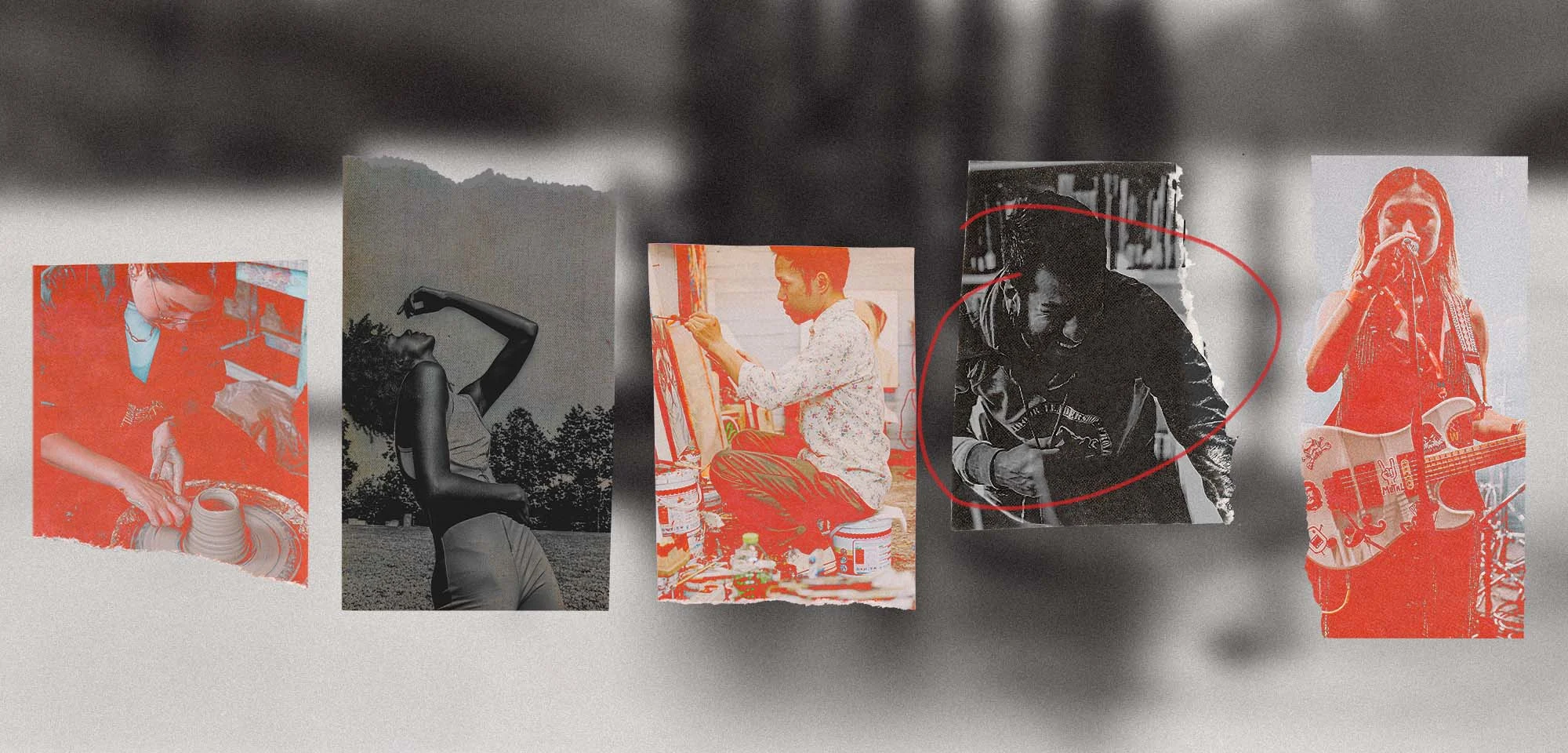Community Gardening: Identifying Your People
- 24 July 2017
- ByAmber Discko
- 4 min read

Community Gardening is a series by Amber Discko creator of, Aloe, on understanding, building, and growing online communities. Part one is all about identifying your people.
From fast(ish) food brands, to political campaigns, to self-care Twitter bots, this series will give you a peek into my brain and insight into my philosophies and experiences of connecting people around the world in virtual spaces. Follow along and you’ll learn how to grow a happy and healthy community of your own, from the ground up.
A few years ago I was beginning a side project called SadDrunkGirls with the intention of blogging for my friends when I was feeling sad or drunk (or both). That idea, as lovely as it was, became something I didn’t end up finishing - I tend to skip around in the coloring book - so instead, I changed my approach. I emailed a few writer friends asking them to share a personal story for my project, which I decided to call Femsplain. Over the next few months, we grew from a handful of essays to a thousand, while receiving hundreds of submissions every month. Over 500 contributors helped shape our project.
Community building is a skill I’m always improving. With each new social network update, my strategies will likely need adjusted. These updates force me to think smart and quickly make the needed changes to fit within the new standards, while staying true to the values and goals I set in the beginning. It's not easy, but I believe you can grow a community practically anywhere, as long as you understand what communities you’re borrowing from and what you hope to create.
Here are some ideals I swear by when growing a new community.
I cannot create a community that already exists.
Look to join existing communities first. You’ll be amazed what you can discover by searching and allowing yourself to fall down a rabbit hole. If you're like me and have wondered if there’s a community around sinks and bathtubs, you’d be correct - they’re big on Tumblr. There are all kinds of passionate communities on the internet, so go find them!
I’m an observer and I’ll only participate when I understand what’s being shared in the community.
Inserting yourself without knowing what matters to the community will ultimately do more harm than good. Once you understand the community, it’s up to you to show them why they should support you, especially if you’re asking them to move to your product or service. This can be done many ways, but I will always recommend one simple step: Follow and encourage top contributors in the community! This shows that you know who they are, and you can learn from them along the way.
Once I understand the community, it’ll find me and grow with me.
The best (and most rewarding) part of growing a community is that feeling when you finally understand your audience and they recognize you for it. This happened to me while I was running Denny’s social media. I had been following people who said they loved eating at Denny’s for about a month when I noticed a “relationship status” meme circulating my dashboard. I brought the idea of doing one to my social strategist and I came up with the copy “relationship status: breakfast” because, duh, why wouldn’t Denny’s be in a relationship with breakfast? It received over 225,000 notes and brought hundreds of followers to our new Tumblr blog. I knew then that bringing people together around things they love was what I was meant to do.
Stay tuned for the next wholesome edition of Community Gardening, where I’ll give you a look into specific tools and methods I use to find and grow communities.
24 July 2017
Words by:Amber Discko
Tags
- Share